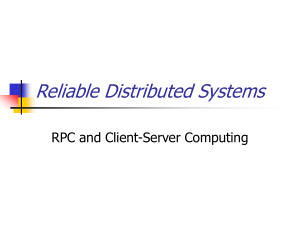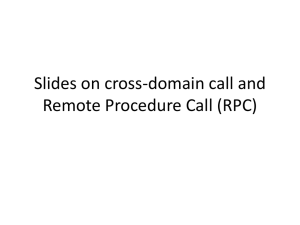Reflections on the UK RIA System UCL and ENA Conference: June 2013
advertisement
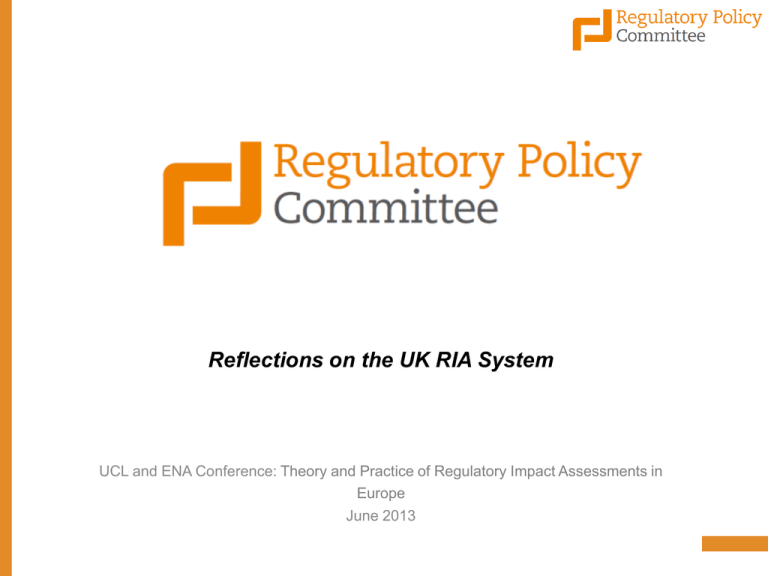
Reflections on the UK RIA System UCL and ENA Conference: Theory and Practice of Regulatory Impact Assessments in Europe June 2013 Role of Impact Assessments • UK government will regulate to achieve objectives only when: – “having demonstrated that satisfactory outcomes cannot be achieved by alternative, self-regulatory or non-regulatory approaches” – “regulatory approach is superior by a clear margin to alternative, selfregulatory or non-regulatory approaches” • A continuous process to help policymakers to fully think through – Reasons for government intervention – Comparing the various options for achieving policy objective – Understanding the consequences of a proposed intervention • A tool used by policymakers to assess the extent to which regulatory proposals impact on the UK – likely costs and benefits – associated risks ROAMEF – IA Process Regulatory Policy Committee • An independent advisory body to provide external, real-time scrutiny on the quality of evidence and analysis supporting new proposals • Help ensure that Ministerial decisions on proposed new regulations are based on a robust, evidence-based policymaking process • Background of Committee members – Academia – Business experience – Trade union experience – Public policy • Supported by a secretariat of civil servants – Policy officials – Economists UK Regulatory Framework 1 RPC Departments send IAs to RPC for scrutiny 2 Scrutinises IAs: Red (“Not Fit for Purpose”) or Amber/Green (“Fit for Purpose”) flags given Opinions issued to departments Departments Develop IA and submit to RPC before a formal clearance is requested from RRC RRC 3 IAs with RPC Opinions go to RRC for approval Makes final decision on regulations Jan 2011- present • RPC Opinions have included a Red, Amber or Green (RAG) flag – RED: The IA is ‘Not Fit for Purpose’. Major concerns over the quality of the evidence and analysis and overall quality of the IA that must/need to be addressed. – AMBER: The IA is ‘Fit for Purpose’. However, we will set out areas of concern with the IA which should be resolved so as to improve its contribution to the final decision made. – GREEN: The IA is ‘Fit for Purpose’. No significant concerns or some minor issues where the IA that could be improved to deliver greater clarity or to aid understanding. RPC Recommendations • Identified as integral steps in producing a high quality IA 1. 2. 3. 4. 5. 6. 7. • Don’t presume regulation is the answer Take time and effort to consider all options Make sure you have substantive evidence Produce reliable estimates of the costs and benefits Assess non-monetary impacts thoroughly Explain and present results clearly Understand the real cost to business Aimed at strengthening the quality of analysis and use of evidence in the policymaking process ‘One-in, One-out’ • “No new primary or secondary UK legislation which imposes costs on business or civil society organisations (‘INs’) can be brought in without identification of existing regulations of equivalent value that can be removed (‘OUTs’)” • Objectives – Reduce the cost and volume of regulation in the economy – Encourage implementing regulation only as a last resort • Our responsibilities – Validating the direction of the proposal – Validating the size of the ‘IN’ or ‘OUT’ being claimed is robust and credible Proportionality • Level of interest and sensitivity • Degree to which proposal is novel, contentious or irreversible • Stage of policy development • Scale, duration and distribution of impacts • Level of uncertainty • Data availability • Resources b M ar Ap r M ay Ju ne Ju ly Au g Se pt O ct N ov D ec Ja n Fe b M ar Ap r M ay Ju ne Ju ly Fe Percentage of first time submissions RAG Breakdown over 2011-2012 60% 55% 50% 45% 40% 35% 30% 25% 20% 15% Impact of RPC Scrutiny Strengths: • Policy decisions now supported by a more robust evidence base • Greater emphasis on potential alternatives to the initial proposal • Independent validation of the estimated costs imposed by Government on business Limitations: • Committee cannot comment directly on the aims or design of specific policies • IA can still be viewed as a bureaucratic obstacle Contacts • 1 Victoria Street, London SW1H 0ET • Tel: 020 7215 1460 • E-mail: regulatoryenquiries@rpc.gsi.gov.uk • www.independent.gov.uk/RegulatoryPolicyCommittee
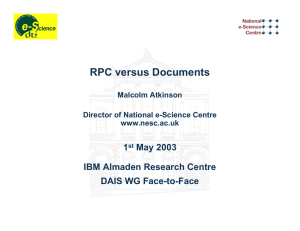
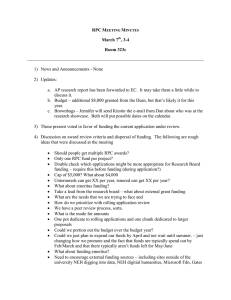
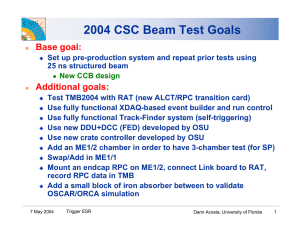
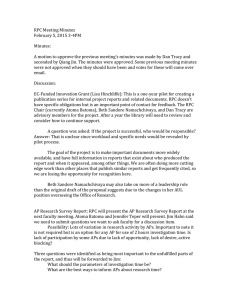
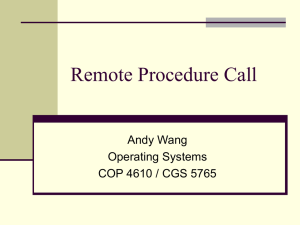
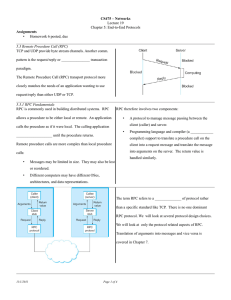

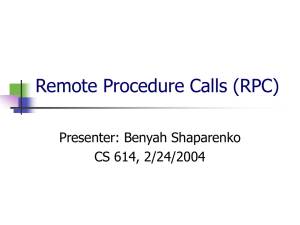
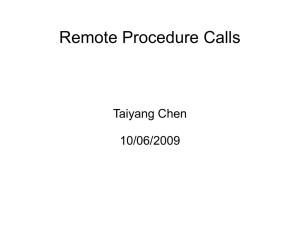
![> REPLACE THIS LINE WITH YOUR PAPER IDENTIFICATION NUMBER (DOUBLE-CLICK... 1 The Infopipe concept, [2], [3], [4], [5], is a high-level](http://s2.studylib.net/store/data/014285052_1-492244018c26382c8cb82d06c4acbcf0-300x300.png)
